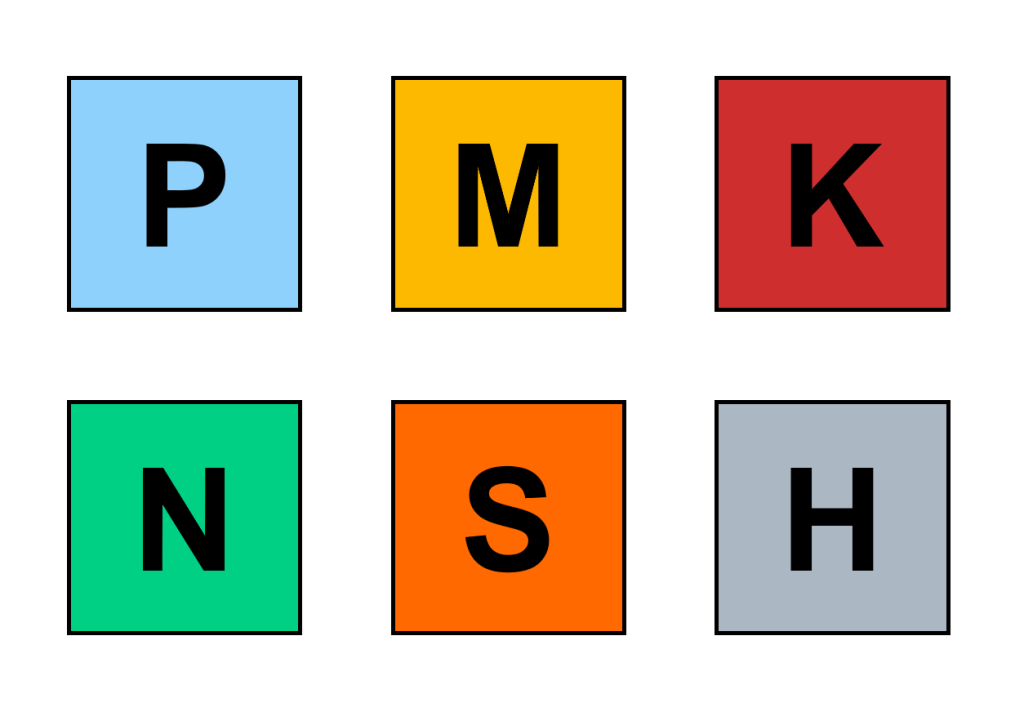Built-Up Edge (BUE)
When cutting ductile materials within a certain cutting speed range, the workpiece material continuously accumulates and adheres near the cutting edge on the front face of the tool. In some cases, it may even weld onto the cutting edge of the tool, forming a built-up edge (BUE), commonly known as a “chip lump” or “tool […]
Built-Up Edge (BUE) Read More »










